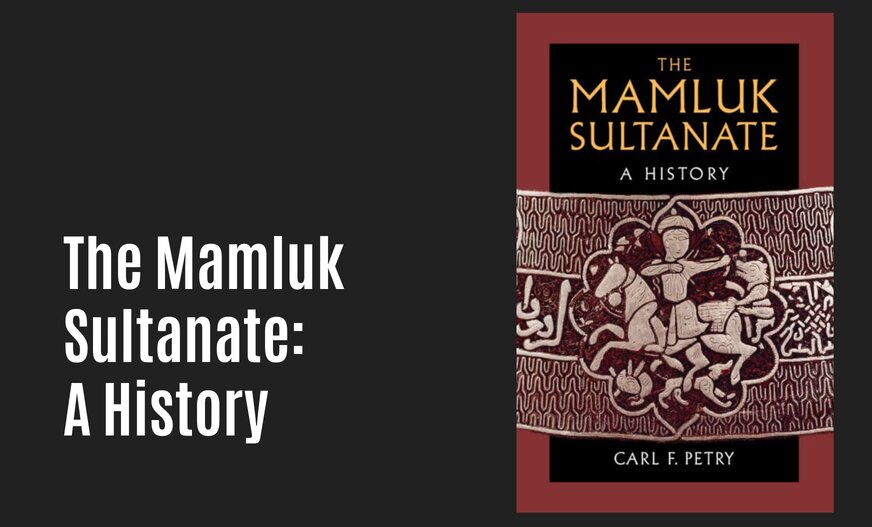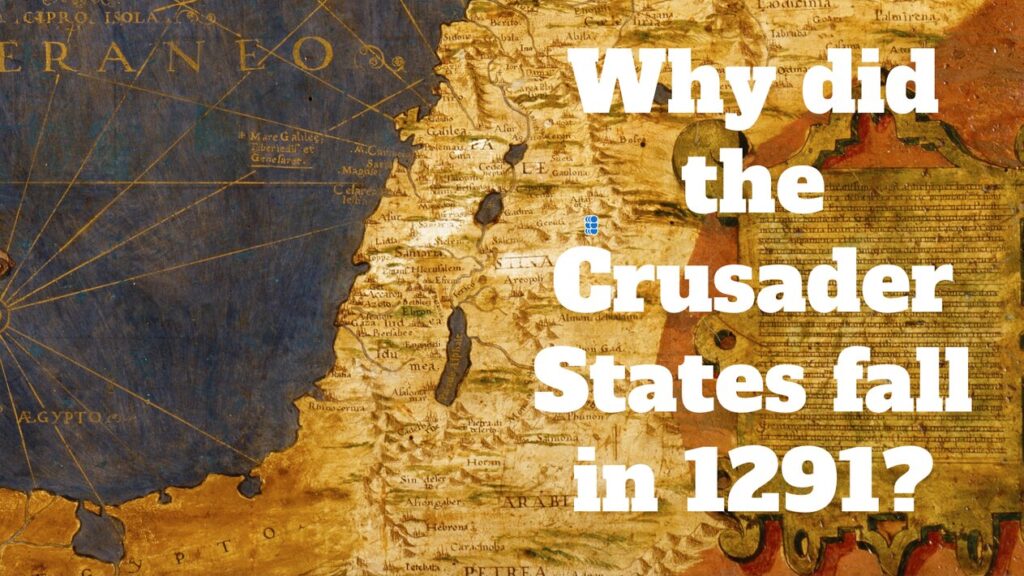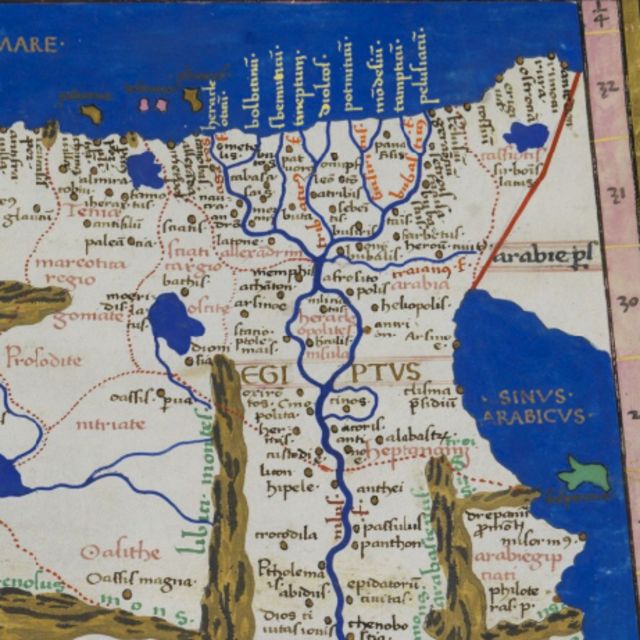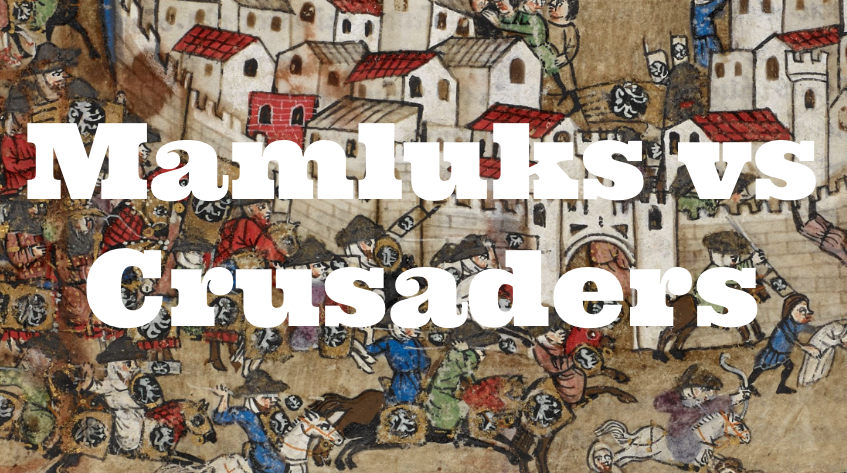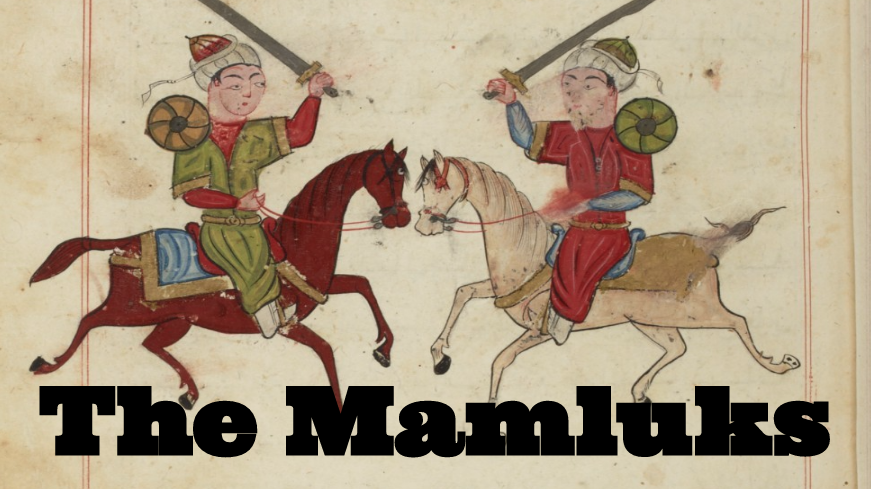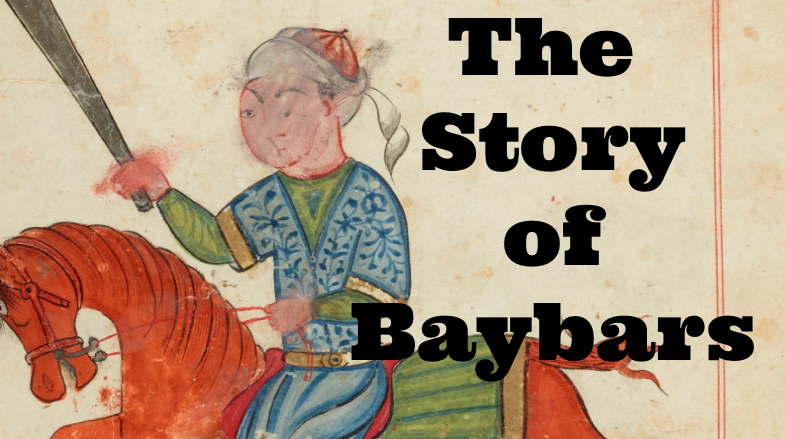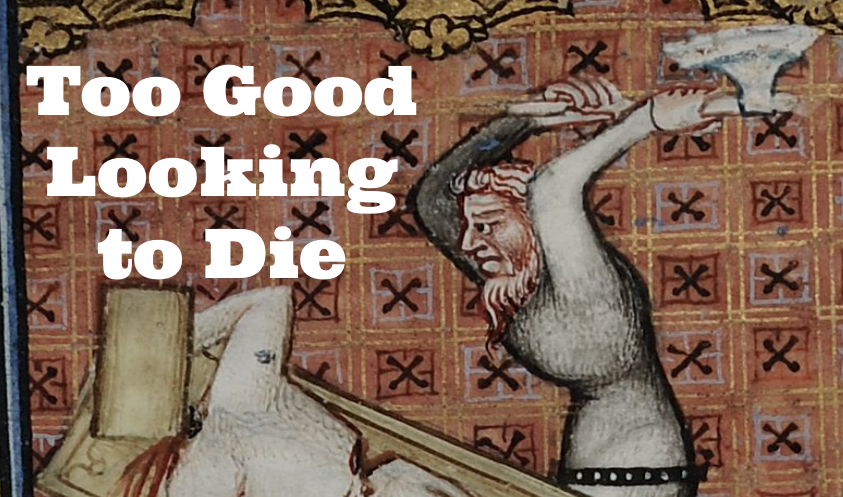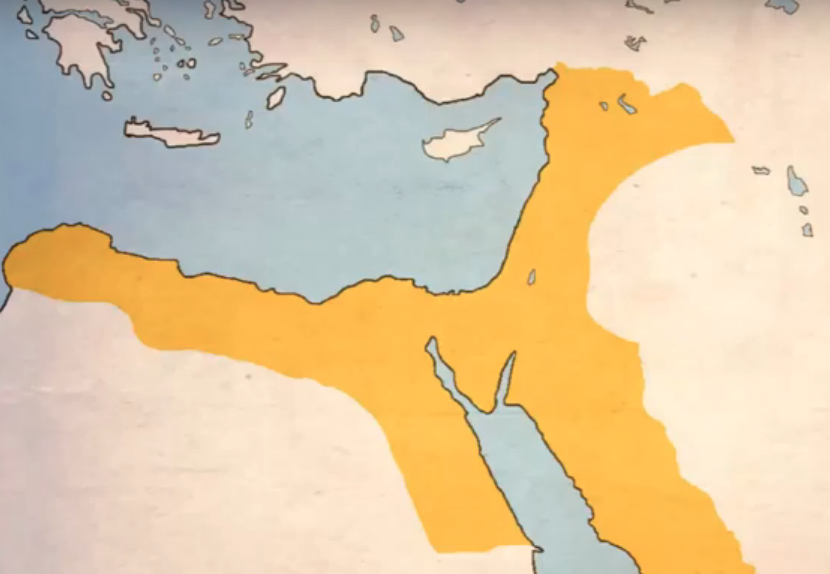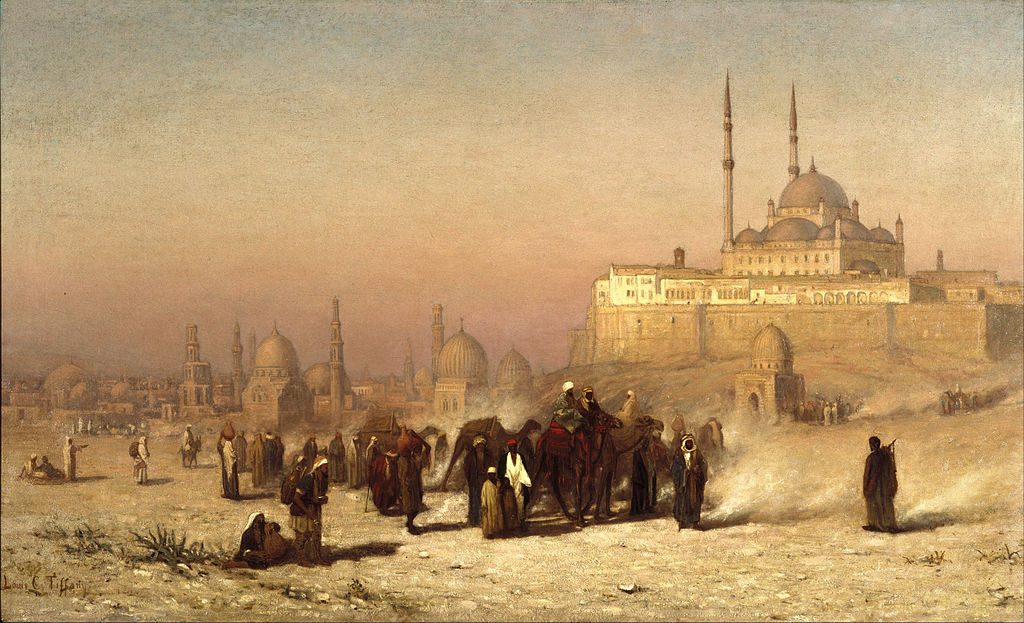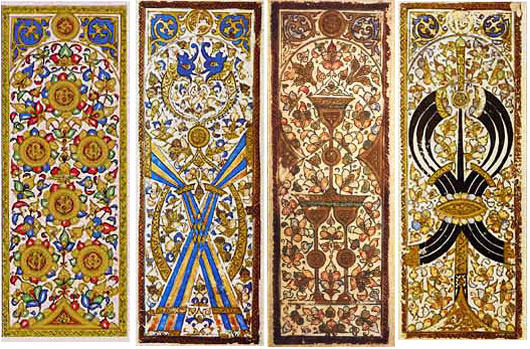New Medieval Books: Der Niederrheinische Orientbericht, c.1350
This German account of Egypt and the Near East seems to have been written by a diplomat. His work goes from covering the Sultan’s wedding to describing the region’s flora and fauna.
The County of Tripoli: A Forgotten Past
The silent alleys of Tripoli still retain their medieval charms. They tell the stories of glorious counts, chivalrous knights in shining armour, and fighting men of order.
New Medieval Books: The Mongol Storm
This book examines how the medieval Middle East was reshaped by the invasion of the Mongol Empire in the thirteenth century. In this story of war and politics, new groups would emerge while others, including the Crusaders, would lose it all.
New Medieval Books: The Mamluk Sultanate: A History
A look at the Mamluks, the slave-soldiers who ruled Egypt, Syria and parts of Arabia from the mid-13th century to 1517. It focuses on the politics and governing of this medieval state.
Why did the Crusader States fall in 1291?
The war between the Mongols and the Mamluks in the second half of the thirteenth century would be the catalyst for the downfall of the Crusader States in the Near East.
Nile Floods and Mamluk Farmers
Have you ever wondered what life was like for Mamluk farmers? In this episode, Lucie Laumonier talks with Omar Abdel-Ghaffar, a PhD candidate at Harvard University about Nile floods, landscapes and village communities in late medieval Egypt.
A Very Peculiar Institution: Military Slavery in the Mamluk Sultanate
I will suggest that the prism of slavery as a legal, social and economic institution is an effective way to study the ruling elite and army of the Cairo-based Sultanate that ruled from 1250 to 1517.
Christian-Muslim Diplomacy – Gestures and Words: European Ambassadors and the Mamluk Sultanate
I would like to deal with the instructions given by Christian powers to their ambassadors sent to the Mamluk sultanate.
Wanderers, Miraculous Births, and Blacksmiths: Mongol Origin Stories in Mamlūk Histories
Today I want to be talking about origin stories about the Mongols as used in Mamluk sources. For one of the questions that historians in Mamluk times were dealing with was the matter of the Mongols.
Biography of Medieval Egyptian Queen shows her influence on Cairo’s architecture
A woman born into slavery in 13th-century Egypt broke the glass ceiling of the time to become a sultan and changed the look of Cairo with her innovative architectural projects.
The Struggle for Power within the Mamluk Sultanate
The Mamluks had a long tradition of deposing and/or killing their own rulers. Only a few sultans could meet the challenges posed by revolts, civil wars, and internal struggles.
Mamluks vs. Mongols
The Mongols presented the greatest threat to the early Mamluk sultanate.
Mamluks vs Crusaders
This column will focus on the wars between the Mamluks and the Crusaders / Franks in the Near East. It was a struggle that began in the thirteenth century and would last until the end of the Middle Ages.
The Mamluk Military: A Professional Medieval Army
How was the Mamluk military system organized? Which types of units could be found in their armies? What was the size of these forces?
Mamluks of Jewish Origin in the Mamluk Sultanate
This article surveys mamluks of Jewish origin that can be identified in Mamluk sources.
Slave, Soldier, Lord, and Sovereign: The Story of Baybars
Baybars’ story is exemplary of the careers of many slave soldiers of the medieval and early modern Muslim world. He rose from being a refugee and slave to become a soldier, officer, and then a ruler.
Too Good Looking to Die: How to get saved from an execution in the Middle Ages
In the Mamluk state there were several ways to avoid being executed, including physical beauty.
The Mongol Mamluk Sultan Al Adel Kitbugha (694-702 Hij, 1294-1302 AD)
In history, some personalities stand out due to the differences in the way they were viewed after achieving glory for themselves, a glory that took them up to the highest ranks.
Between Venice and Alexandria: Trade and the Movement of Precious Metals in the Early Mamluk Period
The Venetians were conspicuous among the merchants resuming trade in Mamluk lands shortly after the fall of Acre in 1291.
How the borders of the Mamluk Sultanate changed in the Middle Ages
From the years 1250 to 1517 Egypt and parts of the Middle East were ruled by the Mamluks.
Slaves, Wealth and Fear: An Episode from Late Mamluk-Era Egypt
Slaves, Wealth and Fear: An Episode from Late Mamluk-Era Egypt By Nur Sobers Khan Oriens, Vol. 37 (2009) Introduction: In the spring of 1446 a…
The Turks: The Medieval World’s Most Martial People
They were scouts, raiders, skirmishers, heavy cavalry, and shock cavalry all in one; and could operate as infantry as well if the need arose.
The Celestial Element; Light As The Integral Component In Circassian Mamluk Religions Architecture
My research was actually to do with the study of interior lighting in Circassian Mamluk religious architecture.
The Abbasid Caliphate of Cairo (1261-1517): History and Tradition in the Mamluk Court
This dissertation investigates the two-and-a-half century evolution of Islam’s most prominent leadership institution, the Abbasid caliphate, after its restoration in Cairo following the Mongol destruction of Baghdad in 1258.
The Delectable War between Mutton and the Refreshments of the Market-Place: Rereading the Curious Tale of the Mamluk Era
At some point in XV century, Ahmad Ibn Yahya Ibn Hasan al-Haggar composed a curious narrative titled ‘Kitab al-harb alma suq bayna lahm ad-da’n wa-hawadir as-suq’ (‘The Delectable War between Mutton and the Refreshments of the Market-Place’).



